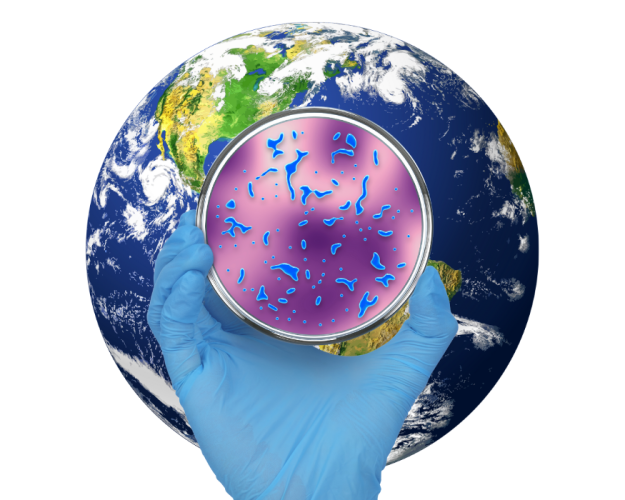News
21.07.2025 - Foods

July 21, 2025 - Climate Change and Food Safety
Climate change brings heat waves, fires, and floods. However, temperature, rainfall, and humidity also influence bacteria, parasites, and toxins (poisons) as well as their occurrence in food.
At higher outside temperatures, there is a greater risk that livestock will be colonized by harmful pathogens transmitted from animals to humans. These so-called zoonotic pathogens survive better in the environment and are more easily transmitted by insects and rodents.
Pathogens, such as Salmonella or Campylobacter, also multiply faster in perishable foods at warm temperatures. This includes raw meat or salads with mayonnaise that are stored uncooled during barbecuing. Salmonella and Campylobacter can cause illnesses accompanied by diarrhea and abdominal pain.
The Federal Institute for Risk Assessment (BfR) is investigating in a long-term project how infectious pathogens adapt to changing climatic conditions. For example, it is researching how the occurrence of various pathogens relates to environmental influences such as temperature, humidity, and geographical location.
The occurrence, geographical distribution, and frequency of molds and the toxins they produce, known as mycotoxins, are also influenced by climate change. They can be found in animal products like dairy as well as in plant-based foods, such as grains, fruits, vegetables, oilseeds, and nuts, and can be harmful even in small quantities. The effect of mycotoxins depends on the specific toxin, the amount and duration of intake (acute or chronic), and the individual's health condition.
At BAV Institute, we regularly conduct tests for Salmonella and Campylobacter. We provide you with fast and reliable results and are happy to assist you with any concerns regarding product safety. Our customer advisors are available to answer any questions you may have.
Source: BfR2GO, Issue 1/2025
